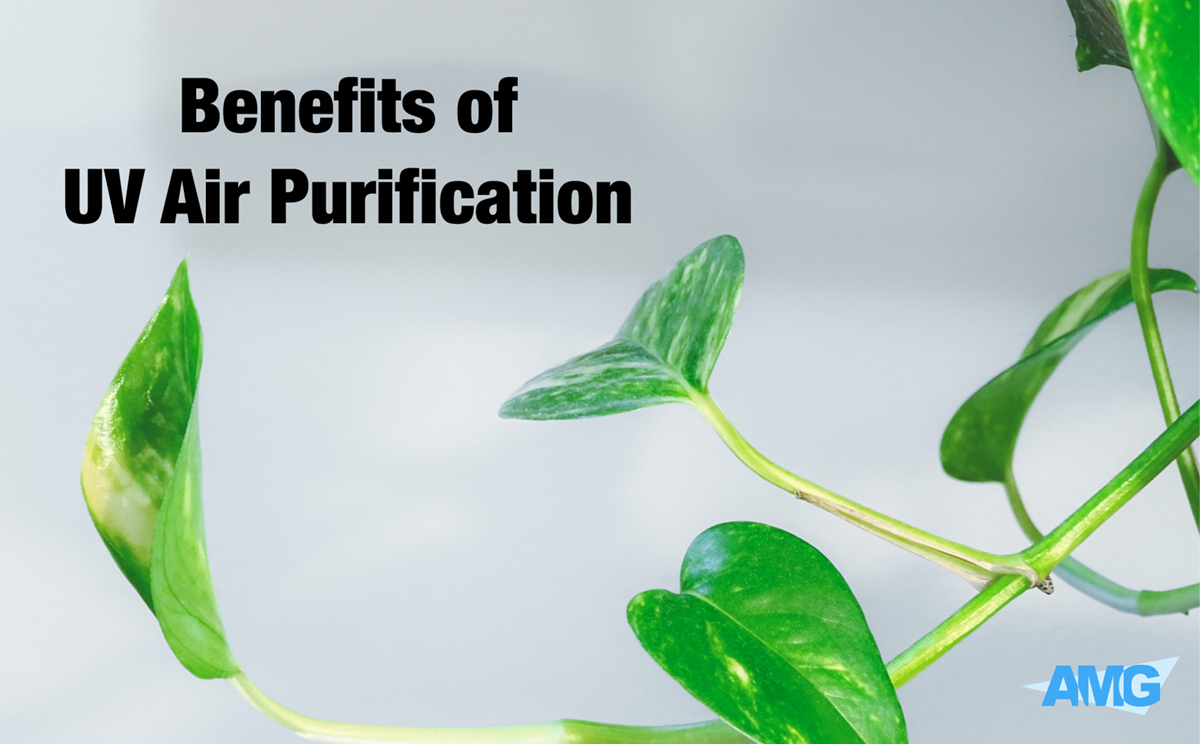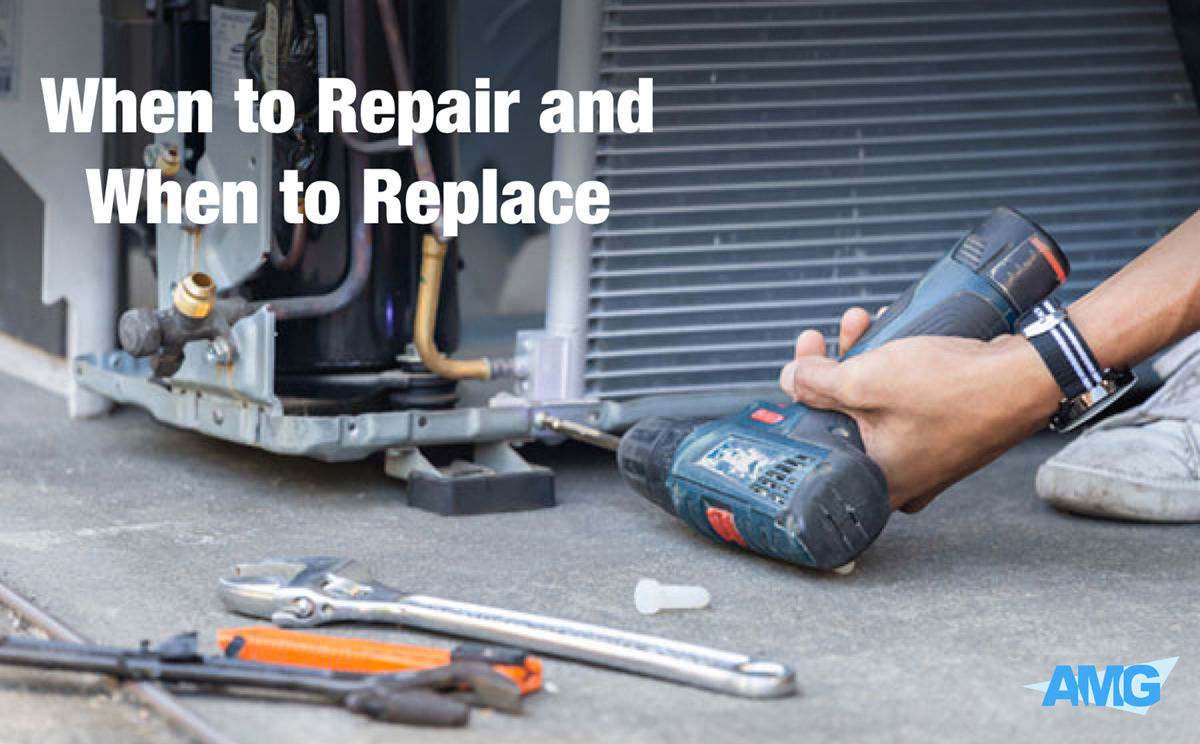In today’s world, the significance of indoor air quality has never been more pronounced. Simply eliminating dust and pollen from your surroundings is often insufficient to maintain optimal health. To safeguard your well-being, it’s imperative to combat airborne viruses and bacteria. Among the myriad of methods available, one of the most effective solutions is the use of ultraviolet (UV) light. Let’s delve into what UV air purification entails and explore the myriad benefits it can bestow upon your home.
Understanding UV Air Purification
Ultraviolet light possesses the remarkable ability to neutralize organic matter upon contact. This property, the very reason we caution against gazing directly at a solar eclipse, can be harnessed safely for your benefit. Within the UV spectrum, there are three essential types: UV-A, UV-B, and UV-C. Among these, UV-C stands out as the most efficient due to its shorter wavelength.
In UV air purification, a UV-C light is strategically installed within your ventilation system, ensuring that all the air circulating through your home comes into contact with it. This potent light source effectively eliminates bacteria, viruses, mold, mildew, and other organic contaminants that may linger in the air. This, in turn, reduces the risk of illnesses, be it COVID-19 or common colds and flu.
Advantages of UV Air Purification
The primary advantage of UV-C light lies in its capacity to enhance indoor air quality. It proves invaluable during cold and flu seasons, mitigating allergies and asthma symptoms, and overall contributing to a healthier living environment. Notably, it accomplishes this without resorting to harsh chemicals, making it a more health-conscious choice compared to many other air purification methods.
Furthermore, maintaining clean air can optimize the efficiency of your HVAC system, translating into savings on energy consumption and costs. The reduction of mold and mildew also extends the lifespan of your HVAC equipment, minimizing maintenance requirements.
Limitations of UV Air Purification
When employing UV air purification, two important considerations come to the fore. First and foremost, safety is paramount. Given that humans are composed entirely of organic matter, direct exposure to the UV light or contact with it when active can result in severe harm. It is imperative never to access the UV light unless you are certain it is turned off or employ proper safety equipment. If any issues arise, it is advisable to seek assistance from your HVAC technician.
Secondly, while UV light effectively neutralizes organic contaminants, it does not eliminate particles from the air. These particles, including inorganic ones like dust, remain suspended. To address this comprehensively, it is recommended to pair UV purification with an air purifier equipped with a HEPA filter. The UV light tackles harmful organic substances, while the HEPA filter traps particles, delivering a comprehensive air quality improvement.
Different homes and situations may necessitate varying air purification methods. If you require assistance in selecting the optimal air purifier or filter to enhance your home’s indoor air quality, please don’t hesitate to contact us!



